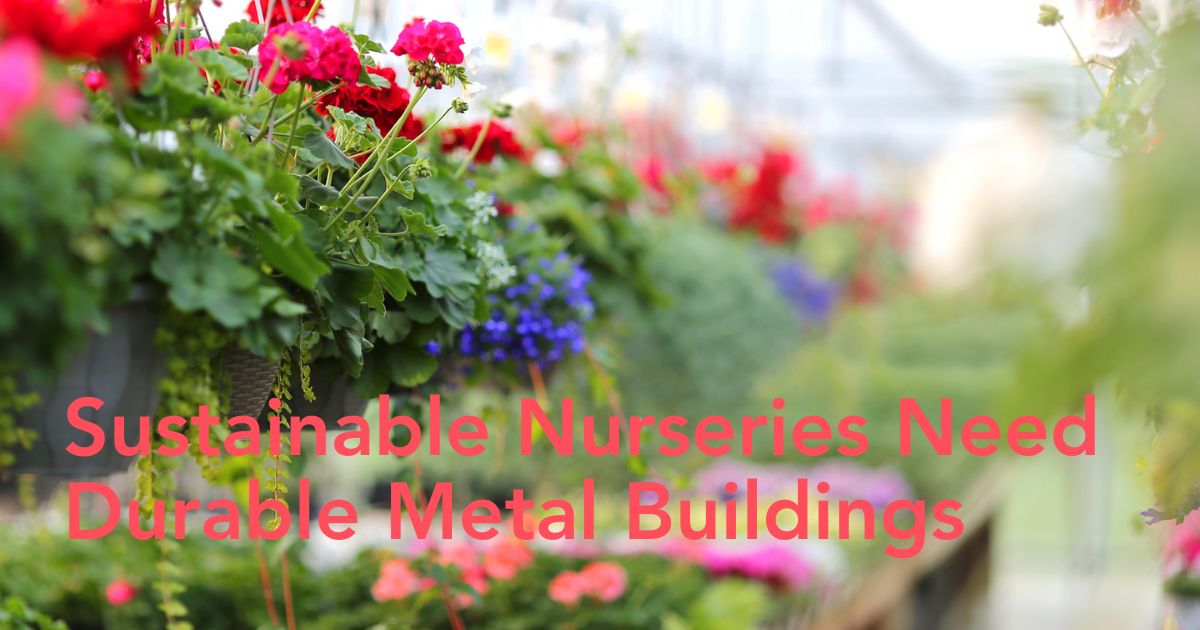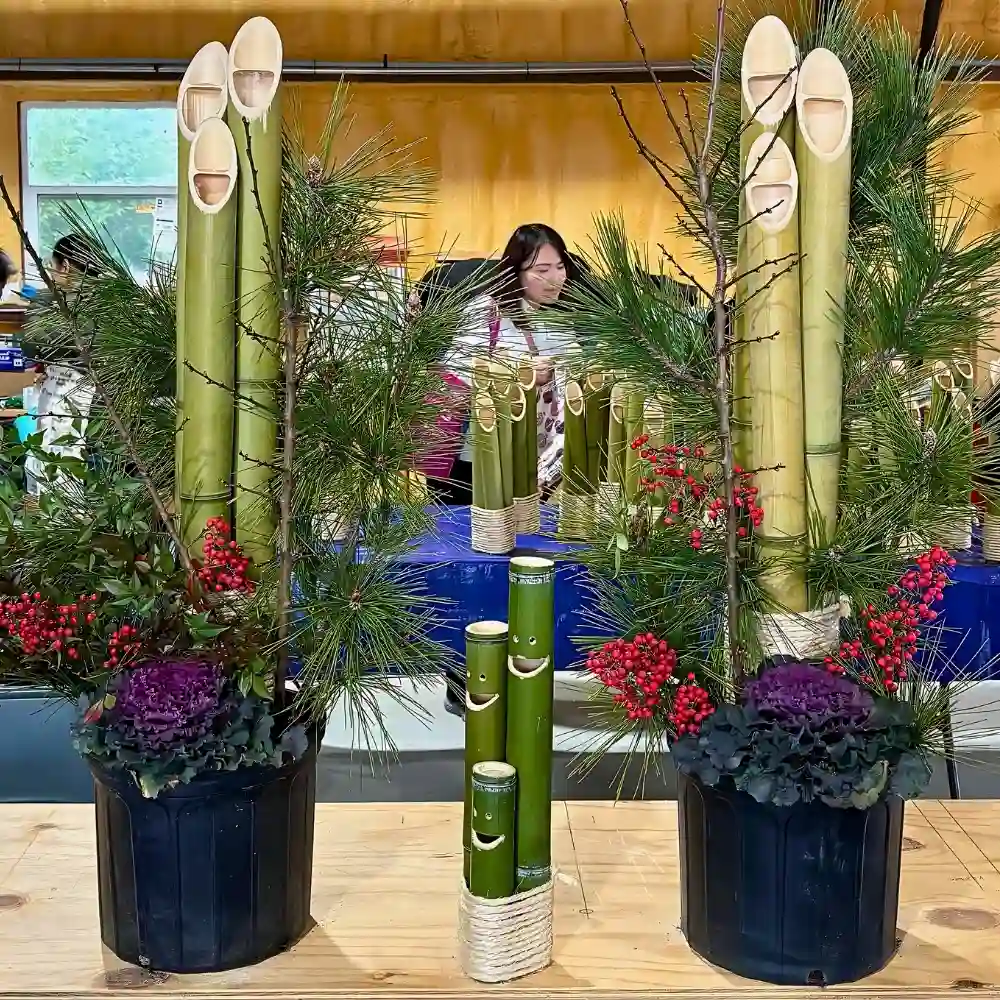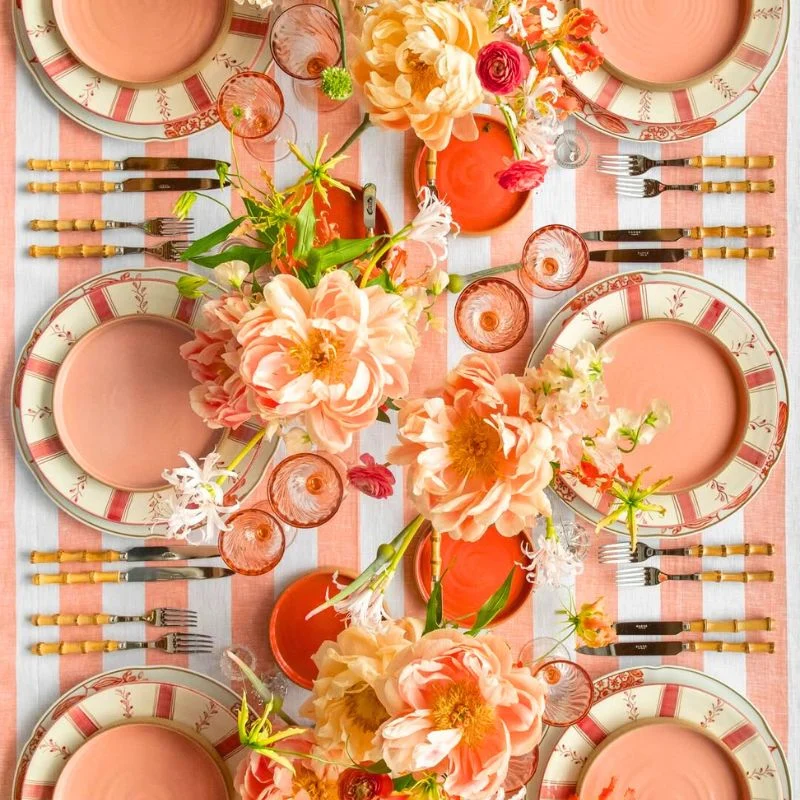Floral nurseries have grown into more than simple plant shops. They now serve as hubs for sustainable growing, education, and creative design. Behind every successful nursery is a structure that supports plant health and efficient business operations. The type of building matters because it influences temperature control, durability, and workflow. Today, metal structures have become one of the most practical choices for modern floral nurseries and garden centers.
You can find more knowledge here: The World's Best Flower and Plant Exhibitions, Trade Fairs, and Festivals You Definitely Want to Visit
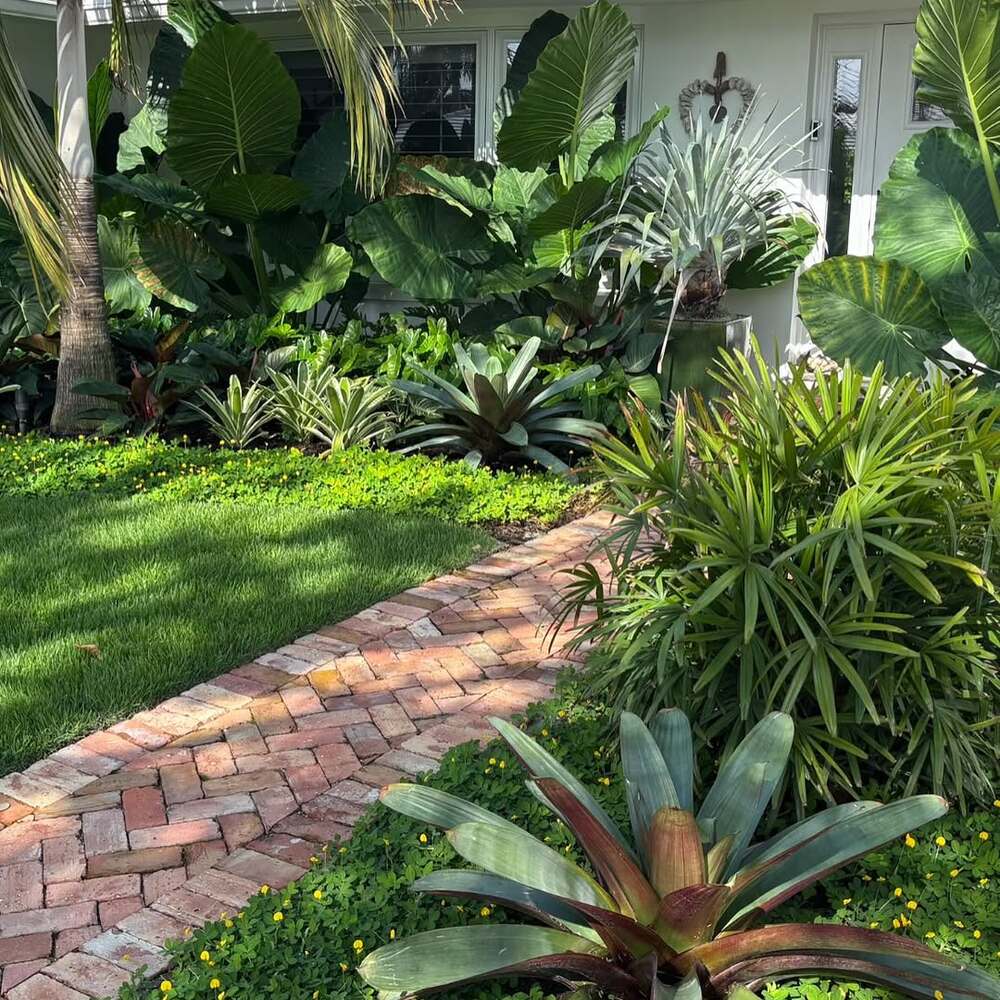
Durability and Weather Resistance That Protect Your Investment
Running a nursery means working through rain, wind, and humidity. Metal buildings handle these challenges better than traditional wood or vinyl structures. Their strength ensures that both delicate and mature plants remain protected through changing seasons.
Built to Withstand Harsh Conditions
Metal buildings resist warping, cracking, and mold, which often weaken wooden frames over time. Coated steel frames could last for many years with minimal upkeep. This level of durability protects hanging baskets, container trees, and ornamental grasses from moisture and temperature swings. It also helps safeguard expensive equipment, fertilizer, and growing materials that might otherwise be damaged during heavy storms. For nurseries that struggle with limited space or a lack of secure storage, metal storage buildings offer a dependable way to protect valuable tools and supplies from the elements while keeping operations organized.
Longer Lifespan and Lower Maintenance Costs
Because metal doesn’t rot or attract pests, upkeep stays simple and affordable. Galvanized coatings prevent rust, and powder finishes limit fading from sun exposure. These protective layers mean fewer repairs and less downtime. Over several years, the reduced maintenance costs often offset the initial investment. For small nurseries trying to scale, that predictability is a major advantage.
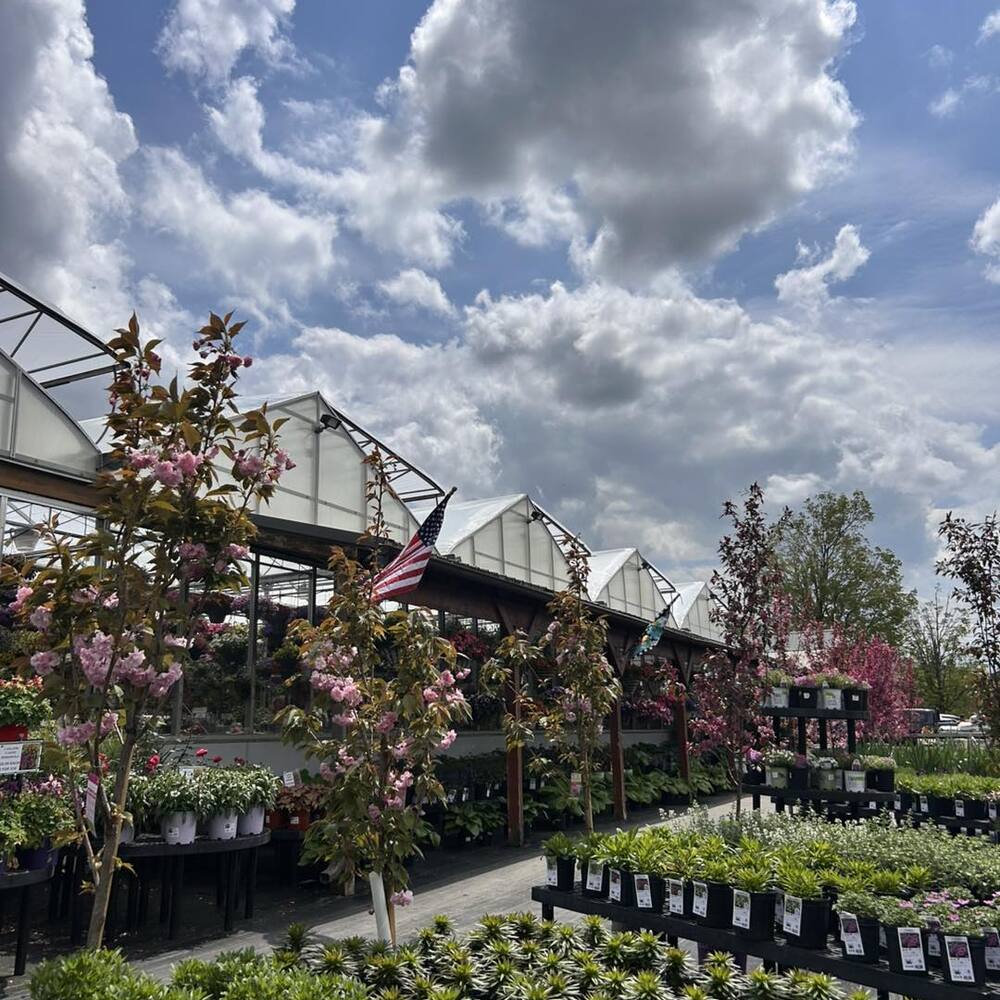
Better Environment Control for Growing Conditions
Healthy plants depend on stable growing conditions. Customized metal buildings make it easier to manage airflow, moisture, and light throughout the year. These structures can create environments that mimic natural balance while keeping variables under control.
Ideal Temperature and Ventilation Management
Metal frames can support insulation, vents, and fans that promote steady airflow. Consistent ventilation prevents mold and fungus, common problems in humid climates. A balanced indoor climate helps native perennials, grasses, and trees grow stronger roots and fuller foliage. Nurseries that manage multiple plant varieties also find it easier to group species with similar requirements within the same controlled zone.
Light Control for Plant Health
Metal roofs can include translucent panels or adjustable shade systems that manage sunlight exposure. This flexibility allows growers to fine-tune how much light each area receives. The right balance encourages pollinator-friendly plants to produce vivid blooms and supports wing pattern development in butterflies and bees. When light and airflow are optimized together, growth becomes more predictable and product quality more consistent.

Flexible Design Options for Every Nursery Size
Every nursery operates differently, and metal construction adapts to each setup.
Custom Layouts for Display and Function
Metal frames allow for wide, open interiors without load-bearing walls. Owners can design layouts that separate floral arrangements, mounding forms, and hanging baskets while keeping customer paths clear. Larger nurseries can add display zones for container trees, outdoor living sections, or even shaded rest areas for visitors.
Easy Expansion as Your Business Grows
Many metal structures are modular, so expansion is straightforward. A nursery can begin with native perennials and later add sections for ornamental grasses, shrubs, or seasonal retail areas. This growth potential supports long-term business plans without requiring expensive rebuilds.

Supports Sustainable and Eco-Friendly Practices
Modern consumers value businesses that protect the environment. Metal buildings align with that goal naturally and help nurseries maintain greener operations.
Energy Efficiency and Recyclable Materials
Metal roofs reflect sunlight, reducing interior heat and improving comfort. The U.S. Department of Energy reports that reflective roofs can lower cooling energy use by up to 15% in hot climates. That efficiency keeps energy bills down, which matters when operating fans, irrigation systems, and lighting for long hours. Beyond that, steel is fully recyclable, so very little material goes to waste during construction or renovation.
Compliance With Invasive Plant Regulations
Controlled environments also make it easier to manage soil and plant material responsibly. By keeping separate zones for different species, nurseries can prevent the accidental spread of invasive plants. This practice supports native plant nurseries that grow pitcher plants, native perennials, or trees while maintaining compliance with horticultural and local environmental standards.

Designed for Both Function and Customer Appeal
A nursery should serve its plants and attract customers at the same time. Metal buildings help create spaces that do both.
A Professional Look That Attracts Visitors
Metal structures give nurseries a clean, organized appearance that appeals to gardeners and homeowners. Customers often connect a well-maintained building with high-quality care. This visual confidence can directly influence how long visitors stay and how much they buy.
Enhanced Customer Experience
Wide aisles and open layouts encourage exploration. Many garden centers use metal buildings to host workshops or display horticultural exhibits such as a “Pitcher Plant Lane.” These interactive experiences educate customers and build community connections that drive repeat visits.

Ideal Choice for Businesses Offering Landscaping Services
For nurseries that also handle landscaping, metal buildings provide reliable storage and workspace solutions.
Organized Storage for Tools and Supplies
Metal buildings offer secure areas for fertilizers, soil, and heavy tools. Separate sections keep materials organized and easy to locate, saving time during the busiest planting months.
Practical Operations Hub for Professionals
Some nurseries use their metal buildings as all-in-one work zones for potting, trimming, or assembling floral arrangements. Offices can be added for managing orders and coordinating client projects. This setup improves workflow and reduces clutter, allowing staff to stay productive and focused.

Metal Structures Bring Strength
Metal structures bring strength, flexibility, and long-term value to floral nurseries. They lower maintenance costs, create stable growing conditions, and support eco-friendly practices that today’s buyers appreciate. With clean lines and open layouts, they also enhance the customer experience. For nursery owners focused on sustainable growth and efficient operations, metal buildings provide a reliable foundation for years of success.

